According to forecasts, pepper prices on November 2nd will continue to decrease due to the lack of supply and the lack of strong recovery in demand from markets. Experts advise pepper growers to prepare for short-term fluctuations as the market still has potential risks.
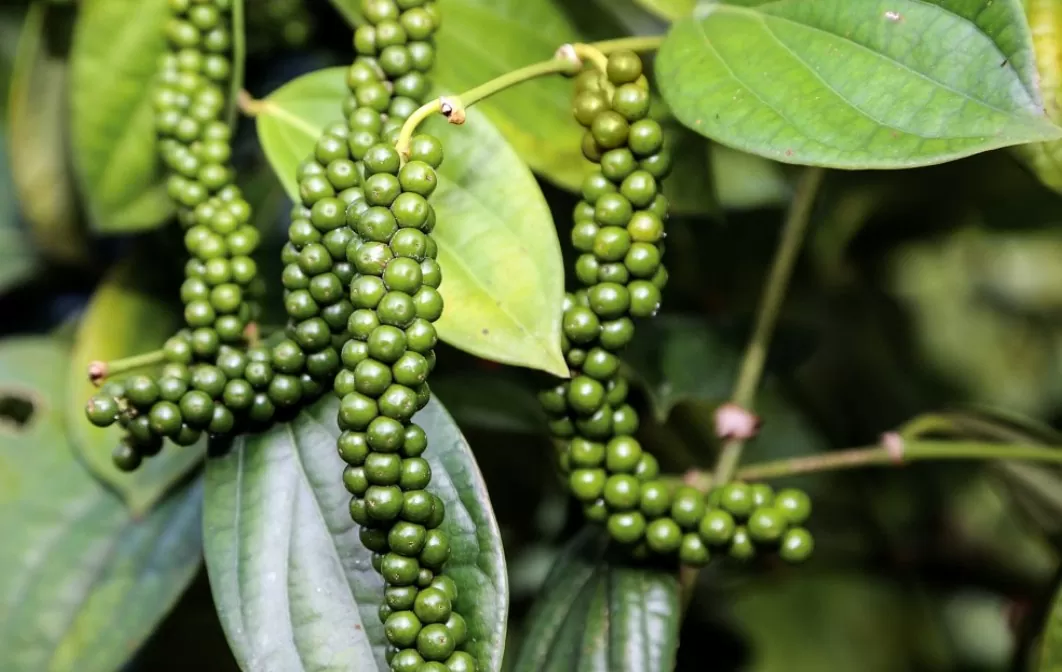 |
| Pepper price forecast for November 2, 2024: Continue to plummet due to unrecovered supply |
In the domestic market, pepper prices today in the Southeast region decreased sharply by 2,000 - 2,500 VND/kg compared to yesterday, trading around 141,000 - 142,500 VND/kg; the highest purchase price was in Dak Nong province.
Accordingly, Dak Lak pepper price was purchased at 142,000 VND/kg, a sharp decrease of 2,500 VND/kg compared to yesterday. Chu Se pepper price (Gia Lai) was purchased at 141,000 VND/kg, a decrease of 2,000 VND/kg compared to yesterday. Dak Nong pepper price today was recorded at 142,500 VND/kg, a decrease of 2,000 VND/kg compared to yesterday.
In the Southeast region, pepper prices today fluctuated compared to yesterday. Specifically, in Binh Phuoc, pepper prices today are at 141,000 VND/kg, down 2,000 VND/kg compared to yesterday. In Ba Ria - Vung Tau, it is currently at 142,000 VND/kg, down 2,000 VND/kg compared to yesterday.
Update on world pepper prices from the International Pepper Community (IPC), at the end of the most recent trading session, IPC listed the price of Indonesian Lampung black pepper at 6,680 USD/ton, up 0.18% compared to yesterday, the price of Muntok white pepper at 9,144 USD/ton, up 0.17% compared to yesterday.
The price of Brazilian ASTA 570 black pepper is at 6,400 USD/ton. The price of Malaysian ASTA black pepper is at 8,500 USD/ton; the price of this country's ASTA white pepper is at 11,000 USD/ton.
In particular, the price of Vietnamese black pepper is stable at 6,500 USD/ton for 500 g/l; 550 g/l at 6,800 USD/ton; and white pepper price at 9,500 USD/ton.
According to the Ministry of Agriculture and Rural Development, pepper is the agricultural product with the strongest export growth in the first 10 months of 2024, reaching 1.12 billion USD, up 48% over the same period last year.
Thus, after only 10 months, this industry has soon surpassed the 1 billion USD mark for the first time in 6 years.
This impressive growth momentum comes from high pepper prices due to a decline in global supply while demand recovers strongly in major markets, especially the US and EU.
*Information for reference only. Prices may vary depending on time and location.


![[Photo] "Beauties" participate in the parade rehearsal at Bien Hoa airport](https://vstatic.vietnam.vn/vietnam/resource/IMAGE/2025/4/11/155502af3384431e918de0e2e585d13a)




![[Photo] Looking back at the impressive moments of the Vietnamese rescue team in Myanmar](https://vstatic.vietnam.vn/vietnam/resource/IMAGE/2025/4/11/5623ca902a934e19b604c718265249d0)


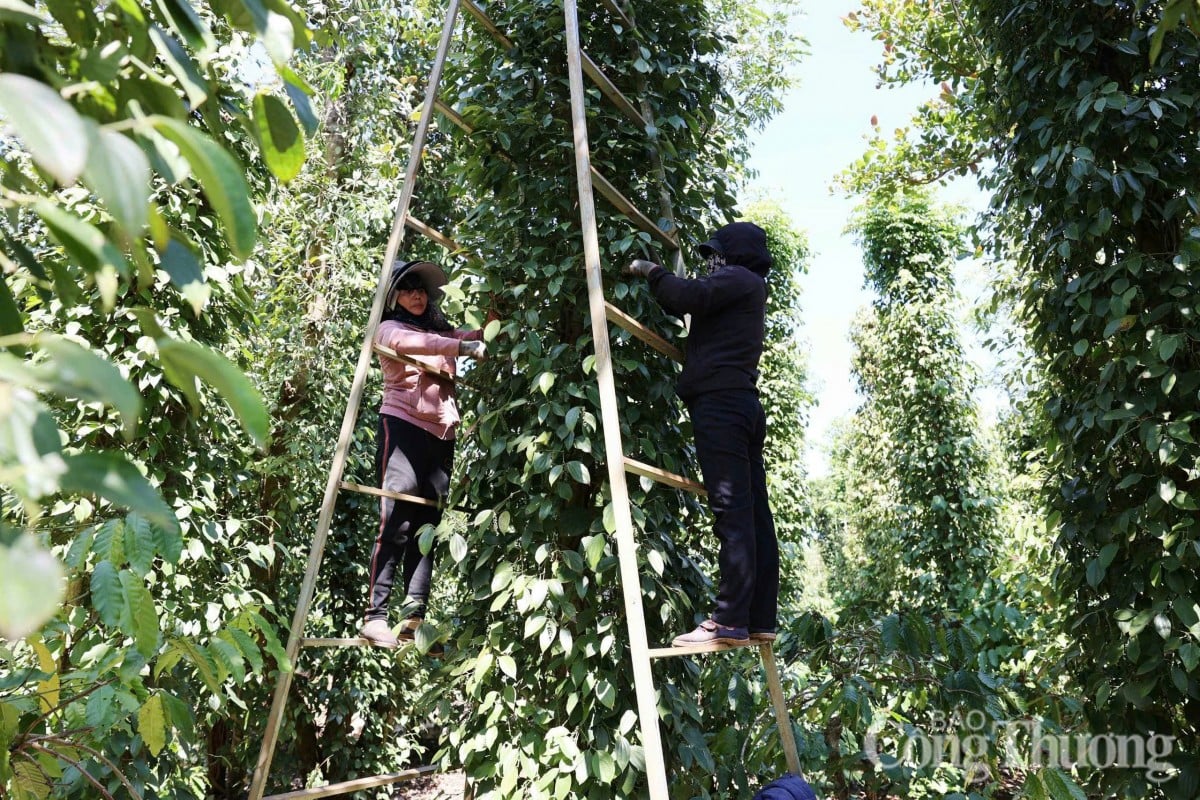
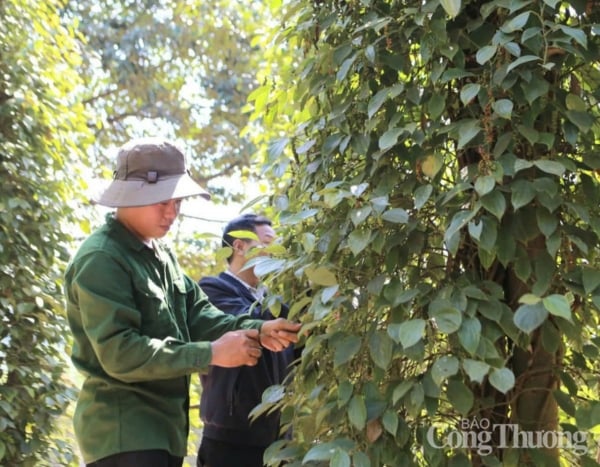
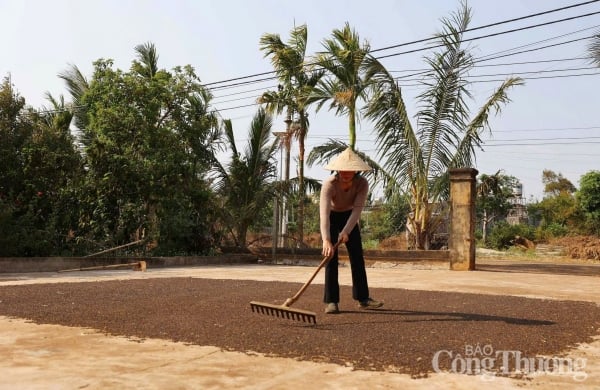
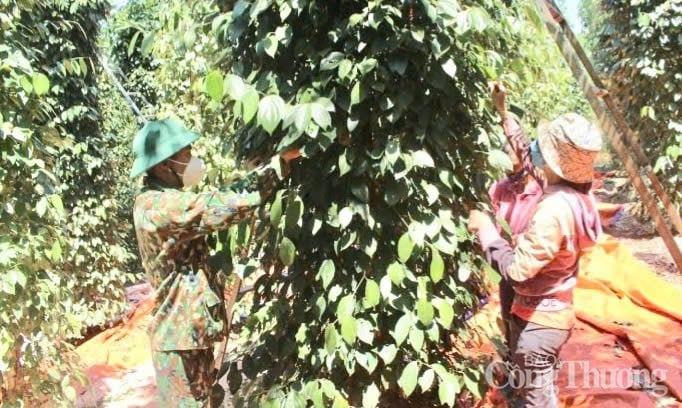
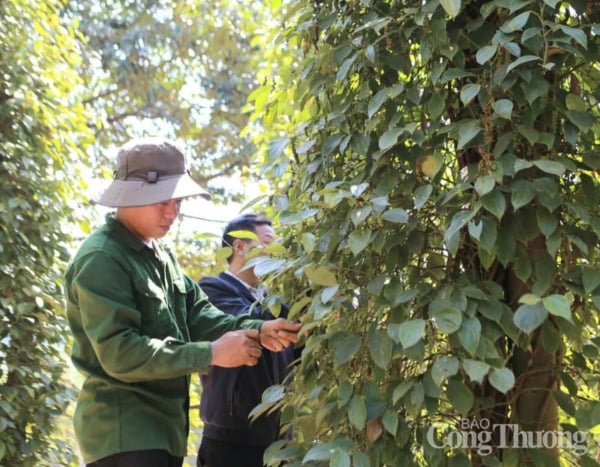















![[Photo] Summary of parade practice in preparation for the April 30th celebration](https://vstatic.vietnam.vn/vietnam/resource/IMAGE/2025/4/11/78cfee0f2cc045b387ff1a4362b5950f)











































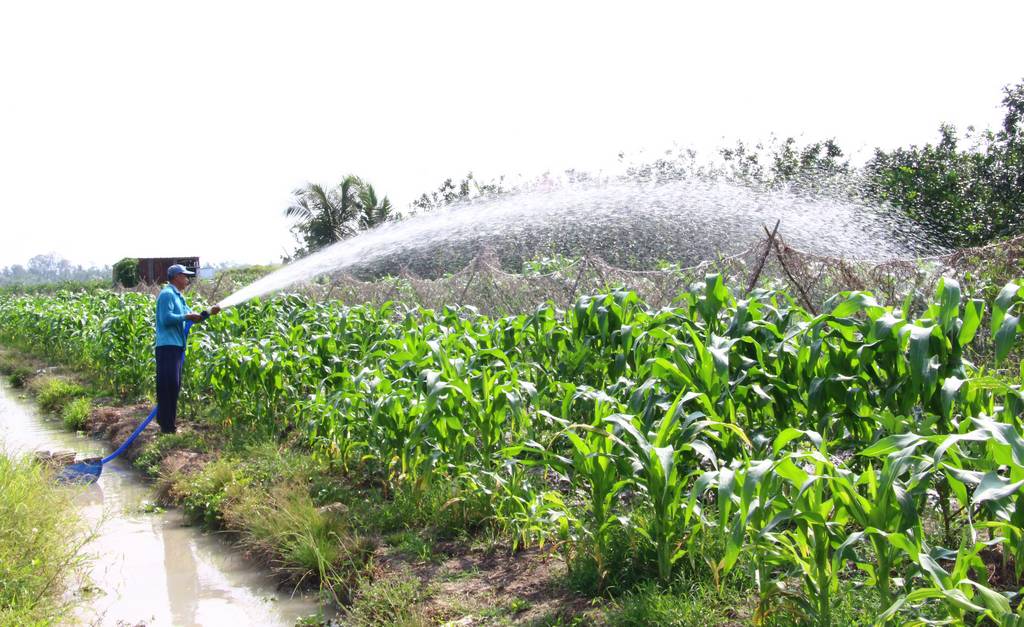















Comment (0)